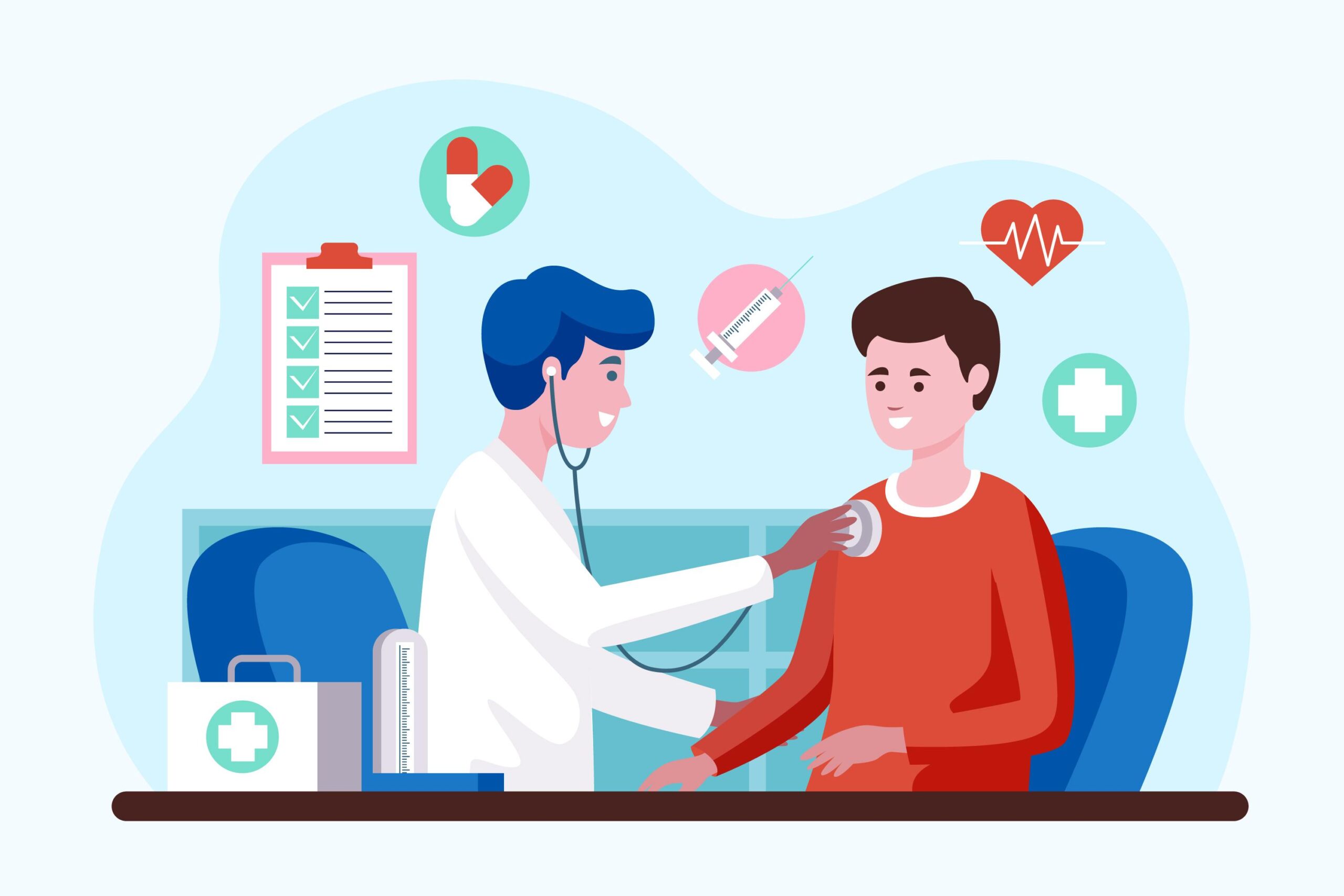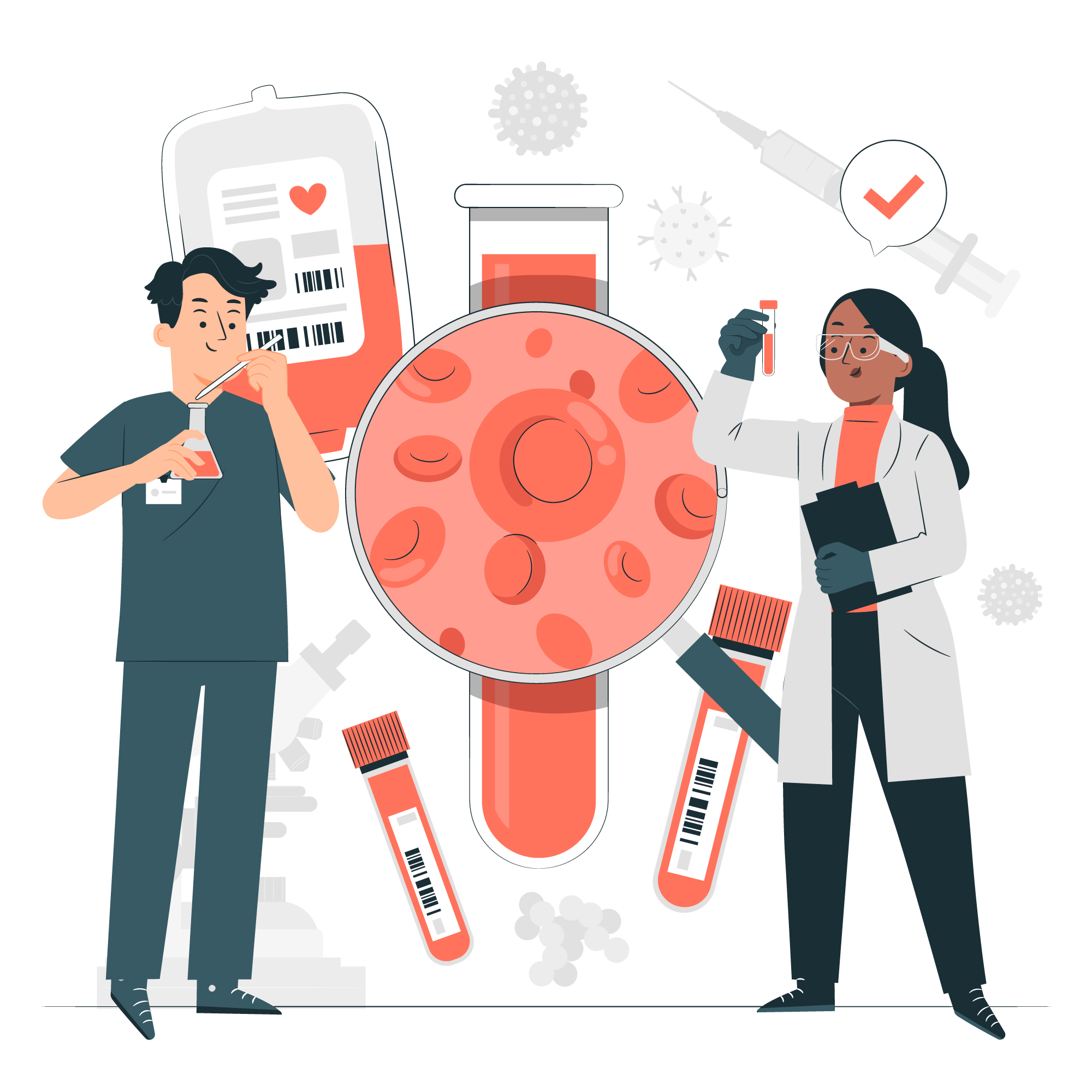Sonography for Gallbladder, Kabhi aapne socha hai ek chhoti si cheez bhi kitna bada dard de sakti hai? Gallbladder is one such organ. It’s hardly the size of a small pear, but jab ye problem create karta hai, toh poora digestive system hil jaata hai.
Gallbladder problems, especially gallstones (pitt ke pathar), are becoming very common in India. Doctors now see gallbladder issues not just in older people, but also in young adults, even in people in their 20s and 30s.
The main challenge? Early signs are very confusing. A person might think it’s just acidity, gas, ya stomach infection — but in reality, it could be gallstones slowly growing inside.
👉 The simplest, fastest, and most reliable way to catch this problem early is: Sonography (Ultrasound).
In this blog, we’ll explore everything about gallbladder:
What it is and why it’s important
Types of gallbladder problems (in detail)
Early warning signs (real-life scenarios)
Role of sonography in diagnosis
Prevention and lifestyle tips with practical advice
FAQs to clear common doubts
Gallbladder: Anatomy and Function
Gallbladder ek small pouch-like organ hai jo liver ke neeche hota hai.
Functions:
Stores bile, a digestive fluid made by the liver.
Releases bile into small intestine after meals (especially fatty food).
Helps in breaking down and absorbing fats.
Think of it like a small storage tank. Jab liver bile banata hai, gallbladder usse store karta hai aur jab zarurat hoti hai, release kar deta hai.
Types of Gallbladder Problems
Gallbladder ke issues multiple forms mein aate hain.
1. Gallstones (Cholelithiasis)
Hard deposits of cholesterol, bile salts, or waste.
Size: from a grain of sand → golf ball.
Sometimes a person can have one stone or dozens.
Common in women, overweight people, and those with high-fat diets.
2. Cholecystitis (Inflammation)
Happens when a stone blocks bile duct → gallbladder swells and gets infected.
Needs urgent medical care.
3. Biliary Colic
Severe, sharp pain in right upper abdomen, usually after fatty meals.
4. Gallbladder Polyps
Small growths in gallbladder wall.
Usually harmless, but some can become cancerous.
5. Gallbladder Cancer
Rare, but often detected late.
Long-term gallstones increase risk.
Early Signs of Gallbladder Problems
Gallbladder issues are often silent at first. Many patients don’t know they have stones until an ultrasound is done for some other reason. But there are clear early warning signs:
1. Pain in Right Upper Abdomen
Location: Just under the right rib cage.
Nature: Sudden, intense, sharp pain.
Timing: Often after heavy/oily meals.
Example: A person eats biryani → within 1 hour severe right-side pain starts.
2. Pain Spreading to Back or Shoulder
Pain radiates towards right shoulder blade or back.
Many mistake it for muscle pain.
3. Indigestion and Bloating
Feeling of heaviness after eating.
Frequent burping, gas, or nausea.
Commonly mistaken as “gastric problem.”
4. Nausea and Vomiting
Especially after oily food.
Some people avoid fried foods unknowingly because it triggers discomfort.
5. Fever and Chills
Seen in infection (cholecystitis).
If pain + fever → emergency condition.
6. Jaundice (Peeliya)
Yellowing of skin and eyes.
Means stone is blocking bile duct.
7. Silent Gallstones
Many people have no symptoms.
Found accidentally during health checkups.
If you have repeated stomach issues that don’t go away with normal medicines, get an ultrasound done.
Sonography – The Key to Early Detection
Why ultrasound is best:
Non-invasive (no needles, no cuts).
Painless.
No radiation.
Can be done quickly.
Affordable.
What it shows:
Presence, size, and number of gallstones.
Wall thickness (inflammation).
Blocked bile ducts.
Polyps or abnormal masses.
Real-life Example:
Mrs. Sharma (40) had constant indigestion. She thought it was acidity. A simple ultrasound showed multiple gallstones. Early detection saved her from emergency surgery later.
Prevention & Lifestyle Tips
Gallbladder problems are closely linked with lifestyle choices. Here’s how to reduce your risk:
Diet Tips
Eat fiber-rich foods: whole grains, oats, fruits, vegetables.
Avoid deep-fried, oily, and junk food (pakoras, samosas, burgers).
Limit red meat, processed foods, and cheese.
Prefer lean proteins like chicken, fish, dal, sprouts.
Use healthy oils (olive, mustard, sunflower) but in small amounts.
Avoid skipping meals → irregular eating worsens bile imbalance.
Weight Management
Obesity = biggest risk factor.
Crash dieting or fasting → sudden fat breakdown → more stones.
Aim for slow, steady weight loss (0.5–1 kg per week).
Stay Hydrated
Water keeps bile fluid, prevents crystallization.
Minimum 8–10 glasses daily.
Stay Active
Regular walking, jogging, yoga, cycling.
Avoid sedentary habits.
Avoid Excess Salt and Sugar
Processed foods increase gallstone risk.
Women’s Health Note
Pregnancy hormones + birth control pills can increase gallstone risk.
Regular ultrasound recommended if symptoms present.
Home Remedies (Supportive, Not Curative)
Warm water with lemon in morning aids digestion.
High-fiber diet keeps bile healthy.
Turmeric and ginger support liver health.
These are supportive tips, not replacements for medical treatment.
FAQs
Q1. Can gallstones be dissolved with medicine?
Very small cholesterol stones sometimes dissolve, but most need surgery.
Q2. Is surgery the only option?
If stones cause severe symptoms, surgery (laparoscopic removal) is safest.
Q3. Do gallstones always cause pain?
No. Some people live with silent stones. But risk of sudden attack remains.
Q4. Can kids get gallstones?
Rare, but yes. More common in adults.
Q5. What’s the link between diet and gallstones?
High-fat, low-fiber diets increase cholesterol imbalance in bile → stones.
Q6. Is gallbladder needed for life?
No, humans can live without it. Bile flows directly from liver to intestine.
Q7. Can gallbladder problems be prevented fully?
Not 100%, but healthy habits reduce risk significantly.
Q8. How often should one do ultrasound?
Only if symptoms appear, or if you have risk factors.
Q9. Is gallbladder cancer common?
No, it’s rare. But chronic gallstones increase risk.
Q10. Can Ayurveda or homeopathy cure gallstones?
Evidence is limited. Don’t delay treatment if symptoms are severe.
Gallbladder may be a tiny organ, but its problems create big troubles. The early warning signs — indigestion, bloating, right-side abdominal pain — should never be ignored.
The safest, quickest test is Sonography (Ultrasound).
Prevention is possible with healthy diet, hydration, weight control, and active lifestyle.
Remember, health is like wealth: ignore the warning signs, and you’ll pay the price later.



Pingback: Sonography in Thane – Why Kaizen Diagnostic is a Trusted..